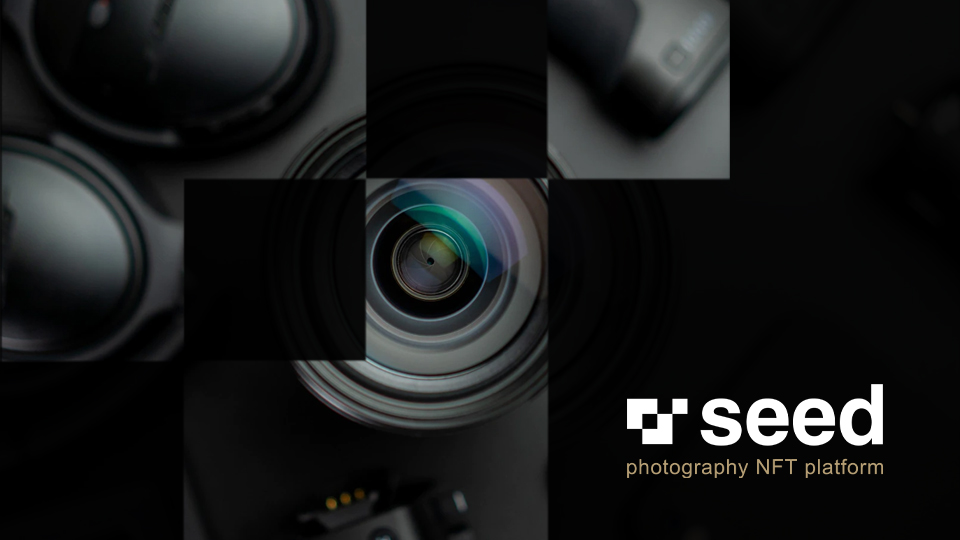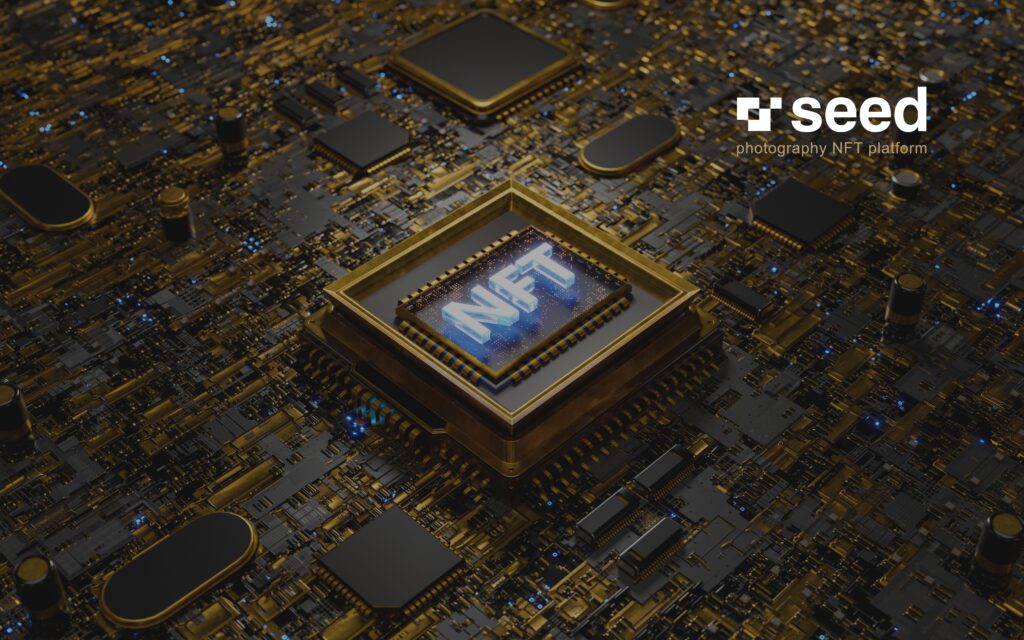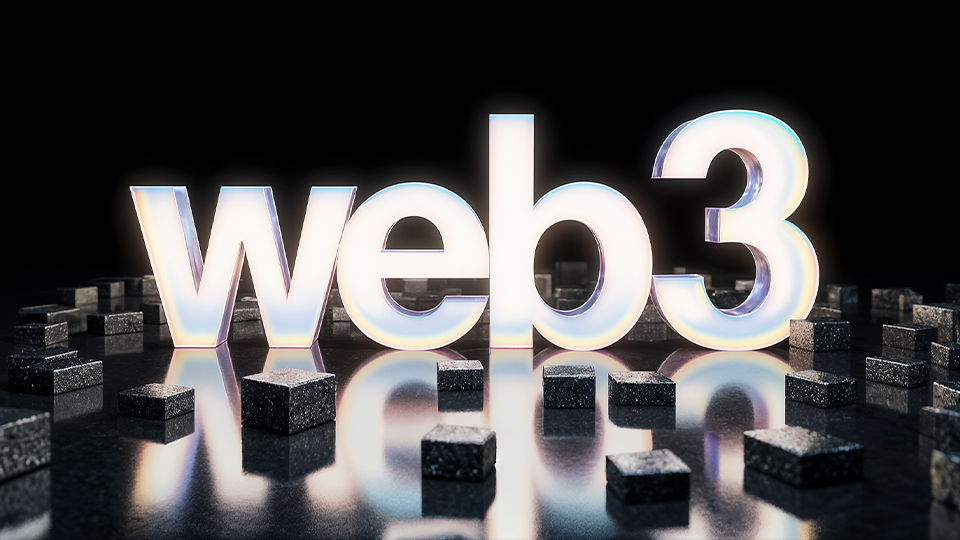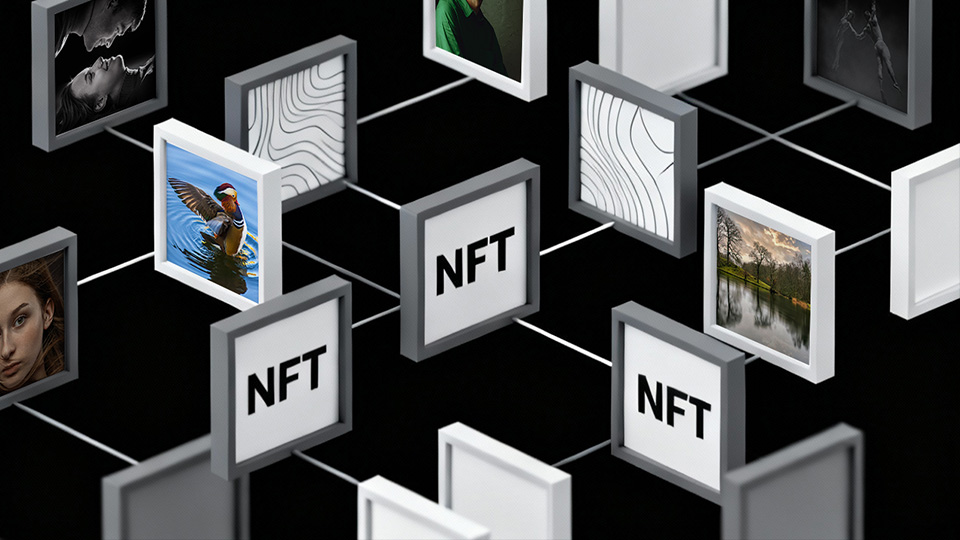Riding the Crypto Wave: How NFT Photography Aligns with Market Trends
In the fast-paced world of cryptocurrencies, NFTs have emerged as a revolutionary force, disrupting traditional markets and creating new opportunities for creators. NFT photography, in particular, has ridden the crypto wave, finding its niche among digital art enthusiasts and investors alike.
The NFT Photography Boom
NFTs, built on blockchain technology, offer unparalleled security and authenticity, making them an ideal medium for digital artists and photographers. The unique nature of NFTs ensures ownership and provenance, addressing longstanding challenges in the art world. Photographers, drawn to the decentralized and transparent nature of blockchain, have embraced NFTs as a means to showcase and monetize their work.

Market Trends and Collector Appeal
NFT photography has thrived due to its alignment with current market trends. Collectors, attracted by the scarcity and uniqueness of NFTs, find a new way to invest in and appreciate art. The decentralized nature of blockchain technology also provides a borderless marketplace, enabling global accessibility for both creators and collectors. This alignment with market dynamics positions NFT photography as a dynamic and lucrative sector within the broader NFT landscape.
Empowering Photographers Through Decentralization
Decentralization, a key principle of blockchain, empowers photographers by eliminating intermediaries and fostering a direct relationship with their audience. NFT marketplaces serve as decentralized platforms where photographers can independently showcase and sell their work, gaining exposure and recognition without the constraints of traditional gatekeepers.

The Future of NFT Photography
As the crypto wave continues to surge, the future for NFT photography appears promising. Continued integration of innovative technologies, increased mainstream adoption of cryptocurrencies, and a growing appreciation for digital art all contribute to a landscape where NFT photography can flourish. The synergy between technological advancements and creative expression is reshaping the art market, and NFT photography stands at the forefront of this exciting evolution.
Conclusion: Navigating the Digital Art Seas
In conclusion, the rise of NFT photography aligns seamlessly with the crypto wave sweeping the digital art landscape. Its decentralized, secure, and unique characteristics resonate with both photographers and collectors, marking a paradigm shift in how we create, consume, and invest in art. As technology continues to evolve, so does the potential for NFT photography to redefine the boundaries of the creative and financial realms, navigating the vast seas of digital art with innovation and purpose.



